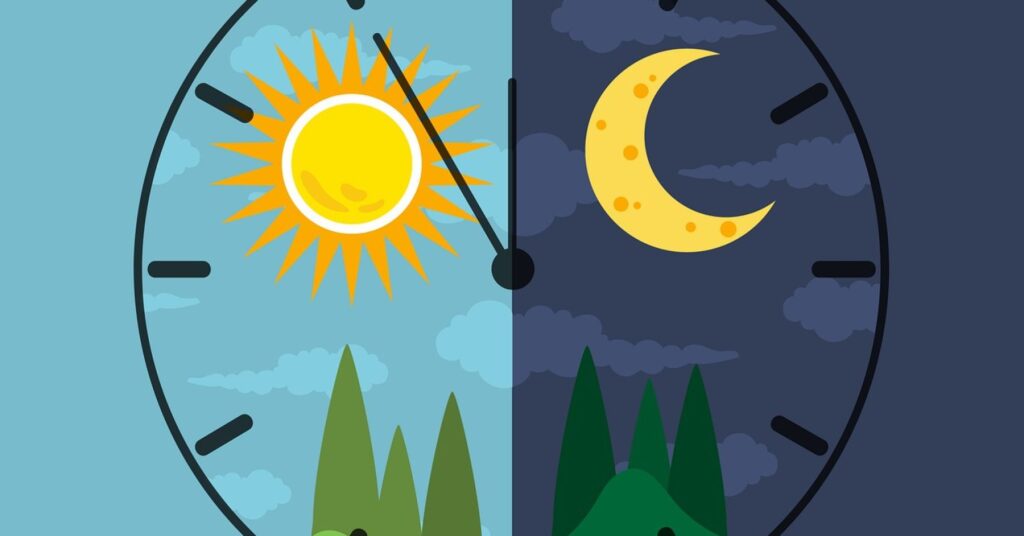New Insights into Bipolar Disorder: The Role of Internal Clocks
Recent research from McGill University has revealed groundbreaking insights into the mechanisms behind bipolar disorder, a condition characterized by significant mood fluctuations. This study aims to uncover the underlying causes of mood changes in individuals suffering from this disorder.
Understanding Sleep Cycle Abnormalities
Typically, adults experience a regular sleep-wake cycle averaging 24 hours. However, research indicates that individuals with bipolar disorder may exhibit extended 48-hour sleep cycles. These unusual rhythms appear to correlate closely with mood states, including shorter sleep periods preceding mania and longer sleep durations tied to depressive episodes.
The Role of Dopamine and Internal Clocks
A study published in Science Advances highlighted that mood variations in bipolar disorder are influenced by two distinct internal “clocks.” The first clock regulates sleep, while the second is thought to be driven by dopamine-producing neurons that facilitate wakefulness. In healthy individuals, the second dopamine-based clock remains inactive; however, it becomes active in those with bipolar disorder, resulting in shifts between manic and depressive phases depending on the synchronization of these two clocks.
Experimental Approach with Mouse Models
In a series of experiments, researchers activated the second internal clock in mice, simulating the behavioral patterns associated with mood changes in bipolar disorder. This activation was achieved by administering methamphetamine-laced water, which induced motor behaviors exhibiting rhythms of over 48 hours that corresponded with the manic state. The disruption of these behaviors occurred when dopamine-producing neurons in the ventral tegmental area (VTA) were destroyed, confirming their critical role in mood regulation.
Dopamine’s Critical Role
The findings revealed that the destruction of dopamine neurons halted the observed behavioral rhythms. Conversely, when these neurons were activated, the resultant motor periods extended, a phenomenon that antipsychotic treatments successfully countered. The VTA and the nucleus accumbens (NAC) are integral components of the brain’s reward system, forming an essential circuit known as the mesolimbic pathway.
Implications for Treatment
Current therapeutic approaches for bipolar disorder prioritize mood stabilization but often overlook the fundamental causes behind mood fluctuations. Dr. Storch, one of the study’s authors, emphasized that this discovery of dopamine-mediated rhythm generators opens new avenues for treatment. Future interventions may focus on modifying or inhibiting these rhythms to mitigate the occurrence and severity of mood episodes.
Future Directions in Research
While this research offers substantial advancements, the specific molecular functions of dopamine clocks require further exploration. Ongoing studies will investigate the physiological mechanisms behind these clocks and the potential genetic and environmental factors that may trigger their activation in humans.
